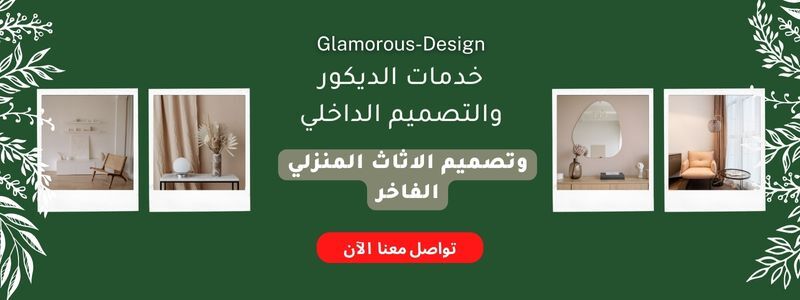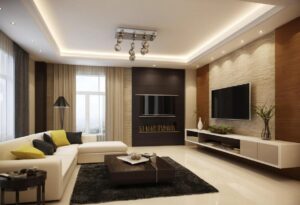Hotel interior design plays a crucial role in creating a memorable stay for guests. The best hotel designs blend aesthetics, comfort, and functionality, providing an inviting atmosphere. Attention to detail is key, with every element, from furniture to lighting, contributing to the overall experience.
In this article, we will explore hotels renowned for their interior design. These hotels offer unique looks and superior comfort. Each example demonstrates how thoughtful design can enhance a guest’s stay. Whether you are planning a trip or seeking inspiration for design, this guide will highlight the top choices in hotel interiors.

Choosing the Right Color Palette for Serenity
-
- Soft Blue: Reminds guests of the sky and ocean.
-
- Muted Green: Evokes a sense of nature and tranquility.
-
- Gentle Beige: Adds warmth without overwhelming the senses.
| Color | Effect |
|---|---|
| Soft Blue | Calming |
| Muted Green | Relaxing |
| Gentle Beige | Soothing warmth |
Lighting plays a pivotal role in enhancing these colors. Use soft, diffused lighting to avoid harsh shadows and create a cozy, serene space. Layers of light, such as combining ceiling lights, table lamps, and accent lights, can help achieve the perfect ambiance.

Maximizing Space with Smart Furniture Choices
| Item | Feature |
|---|---|
| Murphy Bed | Folds into the wall |
| Sofa Bed | Converts to a bed |
| Ottoman Storage | Provides storage space inside |

Incorporating Art Pieces for a Personal Touch
-
- Hang large abstract paintings to create a modern look.
-
- Use sculptures in the lobby to welcome guests with a stunning visual.
-
- Display local crafts to share a bit of the region’s culture.
-
- Incorporate photography that tells a story relevant to the hotel’s theme.
| Art Piece | Suitable Areas |
|---|---|
| Paintings | Lobby, rooms, dining areas |
| Sculptures | Lobby, gardens |
| Photography | Hallways, rooms |
| Local Crafts | Dining areas, lobby |
Choosing the right art enhances the ambiance and tells a story. Simple, yet impactful choices can transform a hotel space from mundane to memorable.

Utilizing Lighting for Mood and Ambiance
-
- Ambient Lighting: General illumination
-
- Task Lighting: Reading lamps
-
- Accent Lighting: Spotlights on art

Picking Materials for Comfort and Durability
Creating a comfortable and durable hotel interior involves careful selection of materials. Natural fibers like cotton, silk, and linen create a soft and inviting atmosphere. These materials are breathable and comfortable, enhancing the guest experience. On the other hand, synthetic options such as polyester and nylon are easier to maintain and resist wear and tear. Blended fabrics can offer a balance—a mix of natural and synthetic fibers for both comfort and resilience.
For furniture, consider hardwoods like oak and maple; these types are strong and long-lasting. Metal frames provide stability and an industrial look, while synthetic materials like PVC and composites are cost-effective and long-wearing. Here’s a quick comparison:
| Material | Comfort | Durability |
|---|---|---|
| Cotton | High | Moderate |
| Polyester | Moderate | High |
| Oak | Moderate | High |
| PVC | Low | High |

Creating a Functional Yet Aesthetic Lobby
When designing an inviting hotel lobby, balance functionality and aesthetics. Comfortable seating is essential. Choose pieces that blend style and ergonomic support. To facilitate luggage management, use stylish yet practical shelving or seating areas with integrated storage solutions.
-
- Comfortable seating
-
- Integrated storage solutions
-
- Ergonomic support
-
- Stylish shelving
A cohesive color palette ties the space together seamlessly. Soft lighting creates a warm and welcoming atmosphere. Tables in the lobby can serve multiple purposes, such as holding brochures or providing communal workspaces. To add a touch of luxury, choose materials like marble or polished wood.
| Color | Material |
|---|---|
| Warm neutrals | Marble |
| Soft pastels | Polished wood |

Enhancing Rooms with Thoughtful Details
Rooms come alive through thoughtful additions. Trendy lighting fixtures like hanging lamps or wall sconces create a warm atmosphere. Unique art pieces on walls add colors and appeal. Plush throw pillows and textured blankets on beds offer both comfort and style. Even small details like decorative trays on tables make a significant difference.
Consider integrating functional yet stylish furniture. A sleek desk that doubles as a vanity can elevate a room’s usability. Multi-purpose seating like ottomans provides extra storage. These elements, combined with bold yet harmonious colors, create a stunning room environment. For a quick overview, see the table below:
| Element | Effect |
|---|---|
| Lighting Fixtures | Creates warmth |
| Art Pieces | Adds color and appeal |
| Throw Pillows | Offers comfort |
| Furniture | Enhances usability |
Q&A: Best Hotel Interior Design
What features define the best hotel interior design?
The best hotel interior design features comfort and style. It uses natural light and open spaces. It includes high-quality materials and finishes. It integrates modern technology for convenience.
How important is lighting in hotel interior design?
Lighting is very important in hotel interior design. Good lighting creates a welcoming atmosphere. It highlights design elements. It improves functionality and safety.
What elements contribute to a stylish hotel lobby?
A stylish hotel lobby includes comfortable seating areas. It has a cohesive color scheme. It features eye-catching artwork and decor. It uses elegant flooring and furniture.
How do hotels integrate technology into their interior design?
Hotels integrate technology through smart room controls and keyless entry. They include USB ports and charging stations. They use energy-efficient lighting and climate control systems.
What role do materials play in hotel interior design?
Materials influence the look and feel of a hotel. They impact durability and maintenance. High-quality materials create a luxurious atmosphere. Eco-friendly materials support sustainability.
How do hotels achieve a balance between aesthetics and comfort?
Hotels balance aesthetics and comfort by choosing stylish but functional furniture. They use soft textures and cozy fabrics. They create layouts that encourage relaxation and social interaction.
What is the significance of artwork in hotel design?
Artwork adds character and personality to a hotel. It connects guests with the local culture. It enhances the visual appeal of the space. It creates memorable experiences for visitors.
How can a hotel room design enhance guest experience?
A hotel room design enhances guest experience through thoughtful layouts. It includes comfortable beds and seating. It provides ample storage and workspaces. It offers a calming ambiance.
Why is color scheme important in hotel interior design?
Color schemes influence the mood and atmosphere of a hotel. They can make spaces feel larger or cozier. They create visual harmony. They reflect the brand identity of the hotel.
How do eco-friendly designs benefit hotels?
Eco-friendly designs reduce environmental impact. They attract environmentally conscious guests. They promote sustainability. They can lower operating costs through energy and water savings.
By focusing on these elements, hotels can create exceptional and inviting spaces that please their guests while ensuring efficient and sustainable operations.





